Reverse Gas Fees and How They are Applied by the Internet Computer
The system by which the IC functions is fundamentally different from that of Ethereum and allows for more efficient handling of gas fees with no impact on the end user.

Anyone familiar with the crypto space knows that gas fees are a pain, at least sometimes. During the last bull run, gas fees on the Ethereum network rose to absolutely outrageous levels, making it almost impossible to transact using the network at times. Hot NFT mints would cause the average user to be priced out of using the network for hours at a time.
The culmination of the extreme gas prices was the Otherside NFT mint, which burned a grand total of $150M in gas fees in a minting process that pitted consumers against one another in a hyped-up game of "who can spend the most." Such scenarios were lovingly termed "Gas Wars" by NFT investors.
Of course, any sane person interested in crypto has questioned if these enormous gas prices are necessary at all, and the answer is, unfortunately, that they are, at least on Ethereum. Network gas fees exist to pay validators for their work in securing the blockchain and making transactions happen.
Without gas fees, there would be little incentive to stake ETH and become a validator. Most of the time, gas prices are quite reasonable and are not much of an issue. However, it is at times of congestion that the prices skyrocket, and gas becomes a real problem.
Reverse Gas
While the gas system employed by the Ethereum network might be ok for DeFi, there are issues when it comes to running dApps and games on the network. As traffic goes up on the Ethereum network, transaction times slow down, and fees start to grow. Not ideal.
The Internet Computer solves this. The system by which the IC functions is fundamentally different from that of Ethereum and allows for more efficient handling of gas fees with no impact on the end user.
The IC is built using canister smart contracts, which are different from the smart contracts found on the Ethereum network. Canisters are loaded with "cycles," the IC equivalent to gas. Pre-loading allows transactions to run faster, smoother, and more cheaply on the IC.
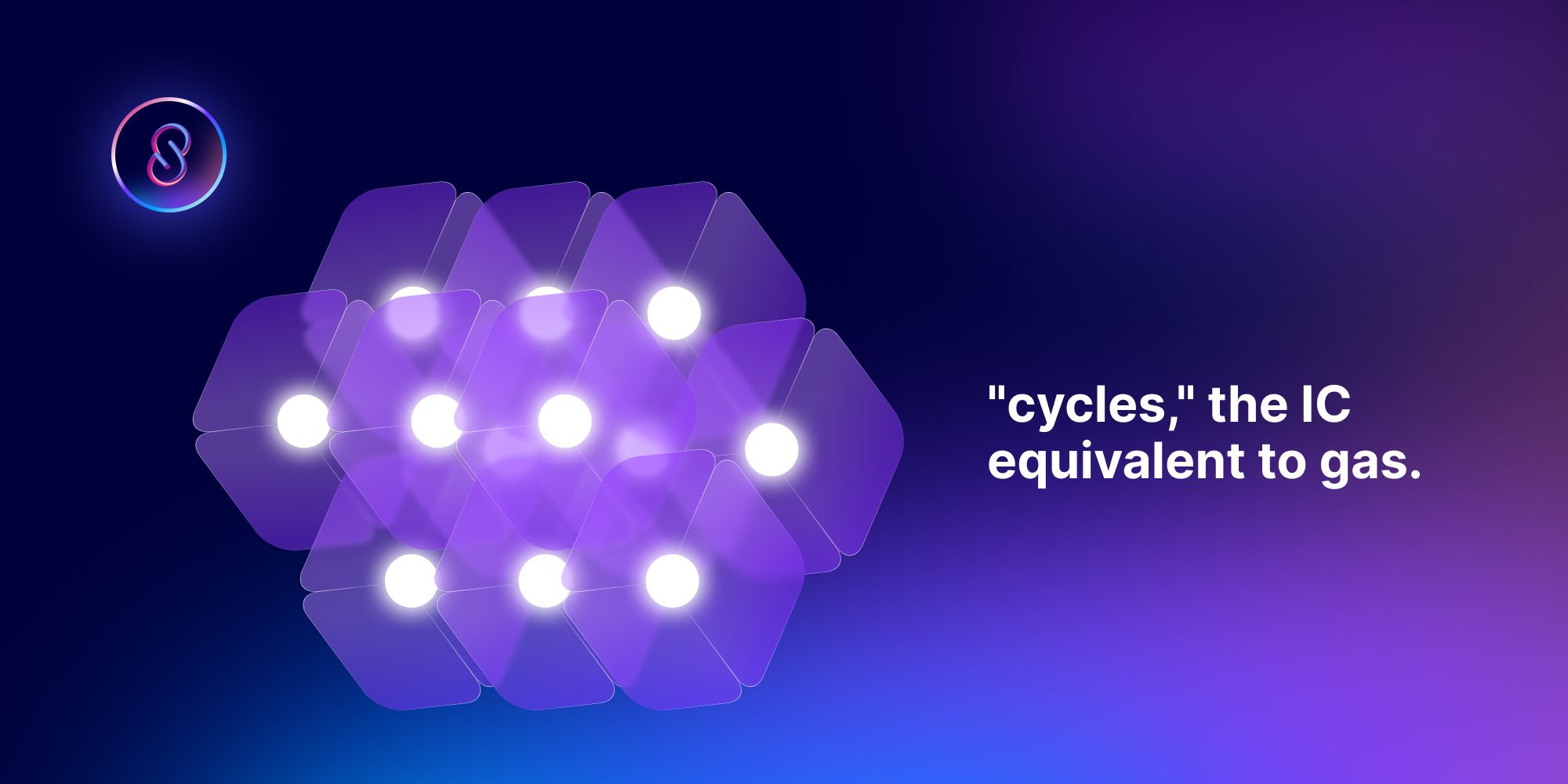
Cycles are, in fact, computation cycles, and these computation cycles power the network. Cycles are obtained by converting ICP tokens, providing an interesting use case for ICP, as well as in improvement on smart contract technology. Developers know in advance how much they will need to spend on computation, making the process smooth and transparent for builders.
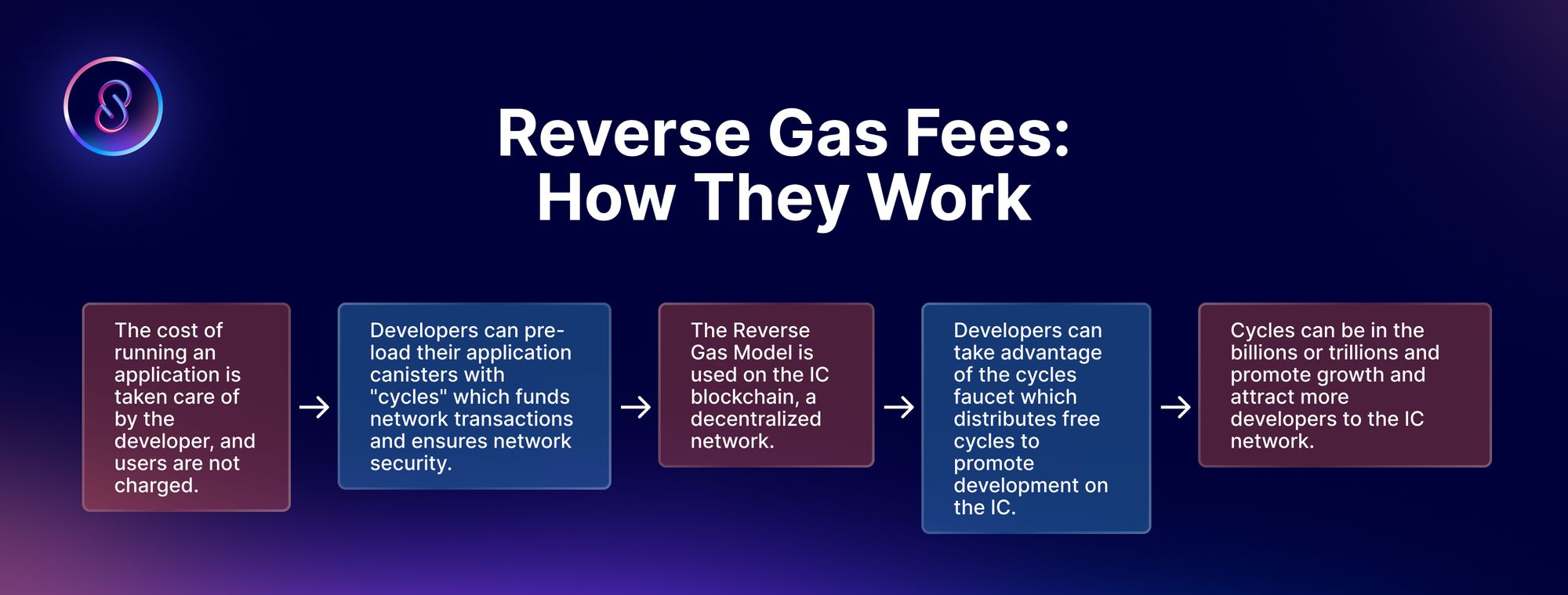
Cycles can be held in a cycles wallet and subsequently transferred to canisters. Active canisters on the IC network burn cycles and need to be "topped up" from time to time in order to continue working. ICP cycles are used to determine network expenditures.
Cycles have been designed as separate entities to ICP tokens in order to ensure that pricing remains steady and is not subject to the same level of volatility. This design ensures that dApp development does not become prohibitively expensive should the price of ICP tokens go up.
The Reverse Gas Model is very similar to the model used by Web2. The cost of running an application is undertaken by the developer, and users are not charged to use the network, as is the case with many of the large Web2 applications such as Facebook and Google.
Application canisters on the IC are pre-loaded with "cycles" by the developer, which funds network transactions, and looks after the costs of keeping the network secure. The end result of this system is an improved user experience without the obscene fees.
Developers getting started on the IC blockchain can take advantage of the cycles faucet, which distributes free cycles in order to promote development on the IC. The faucet will distribute $20 worth of cycles, meaning first-time developers don't need to spend their own cash to experiment on the IC network. Such incentives further promote growth on the IC, and attract more developers to the chain.
Cycles loaded onto canisters can number in the billions and trillions.
The Advantages of Eliminating Gas
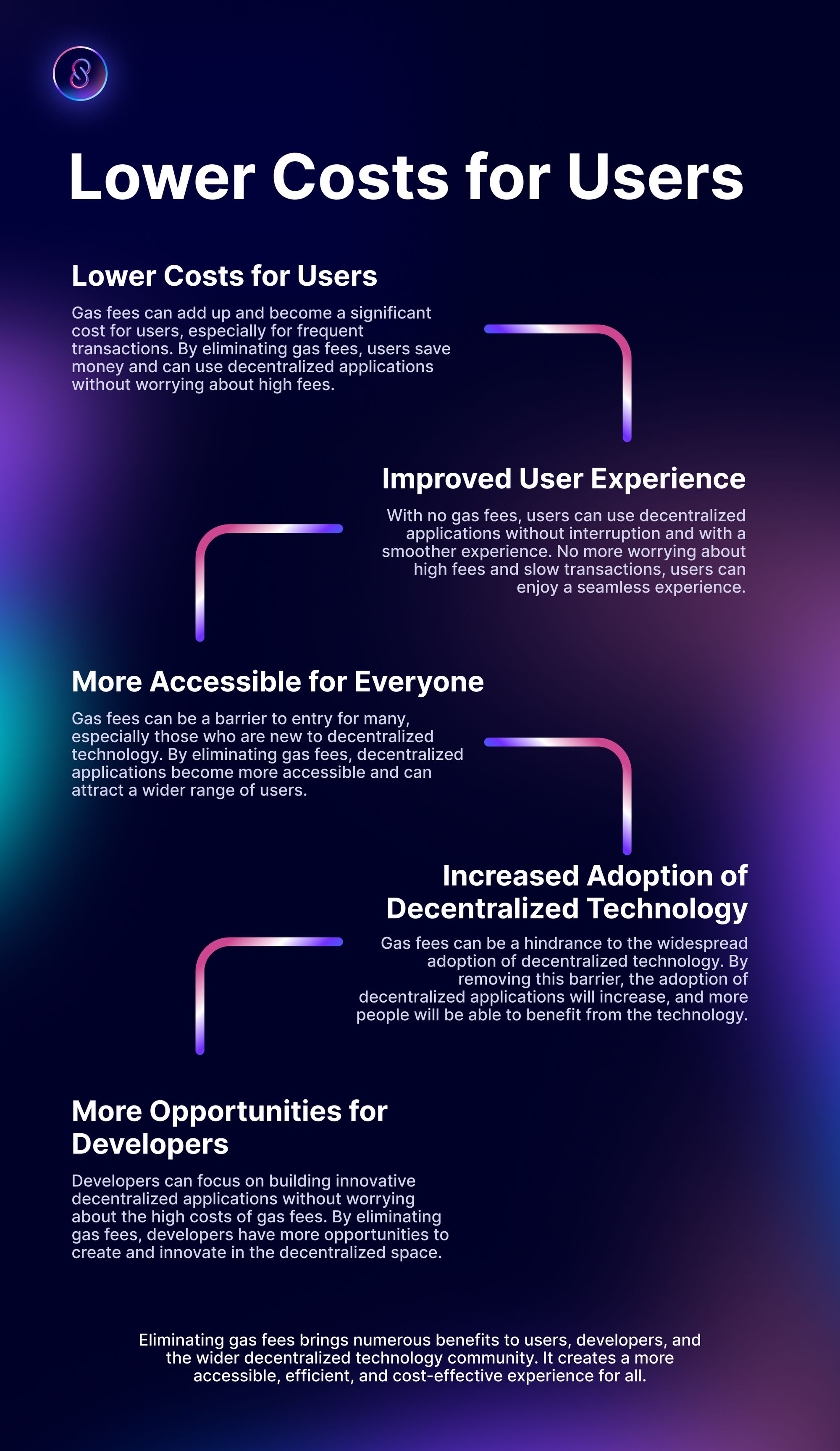
Huge gas fees seen on the Ethereum network during peak times can be a major turn-off for users and have held back the success of the blockchain and the crypto space as a whole to some degree. Being asked to pay more for network fees than the price of the transaction is a negative experience for users and does nothing to help the image or credibility of the crypto space.
Finding a way to remove gas fees for users, as the IC has done, is essential for the continued growth of crypto. In addition, eliminating fees for users does wonders for the public image of blockchain technology.
Removing the friction of gas fees opens up a world of possibilities for scaling the network. Huge volumes of traffic will need to be handled by blockchain networks if the technology is to outstrip Web2. In order for blockchain gaming, social media, and large-scale enterprise solutions to function correctly, it is not feasible for users to be paying enormous gas fees correlated to network usage.
Integration with the Ethereum network will allow for the Reverse Gas model to be applied to Ethereum smart contracts, which in itself could revolutionize the network and how users interact with it.
In addition, the Reverse Gas model removes the need for other barriers to entry intrinsic to crypto. There is no need to create a wallet; for example, it is possible to interact directly with canister smart contracts thanks to pre-loaded cycles. There is no need to hold tokens to interact with the network either.
While Ethereum is one of the leading blockchains in the space, it is not built to scale to the level required for the mass adoption of blockchain technology. The IC, on the other hand, has innovated to allow for scalability and has introduced systems such as Reverse Gas to allow for scaling.
The IC has been purpose-built to be its own chain first and foremost, but also to function with and complement blockchains such as Ethereum. By integrating with the Reverse Gas model, Ethereum and the IC stand to benefit from each other's technology, and the crypto space as a whole stands to improve.

Connect with InfinitySwap
Bitfinity Wallet |AMM | Twitter | Website | Telegram | Discord | Github

*Disclaimer: While every effort is made on this website to provide accurate information, any opinions expressed or information disseminated do not necessarily reflect the views of InfinitySwap itself.


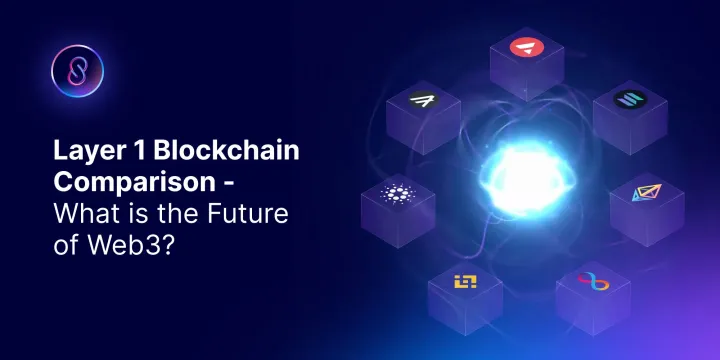

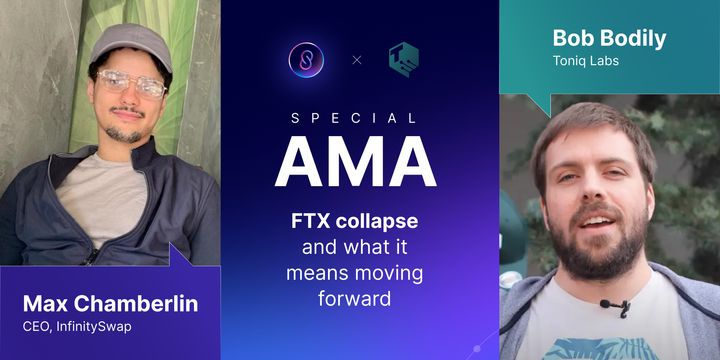
Comments ()